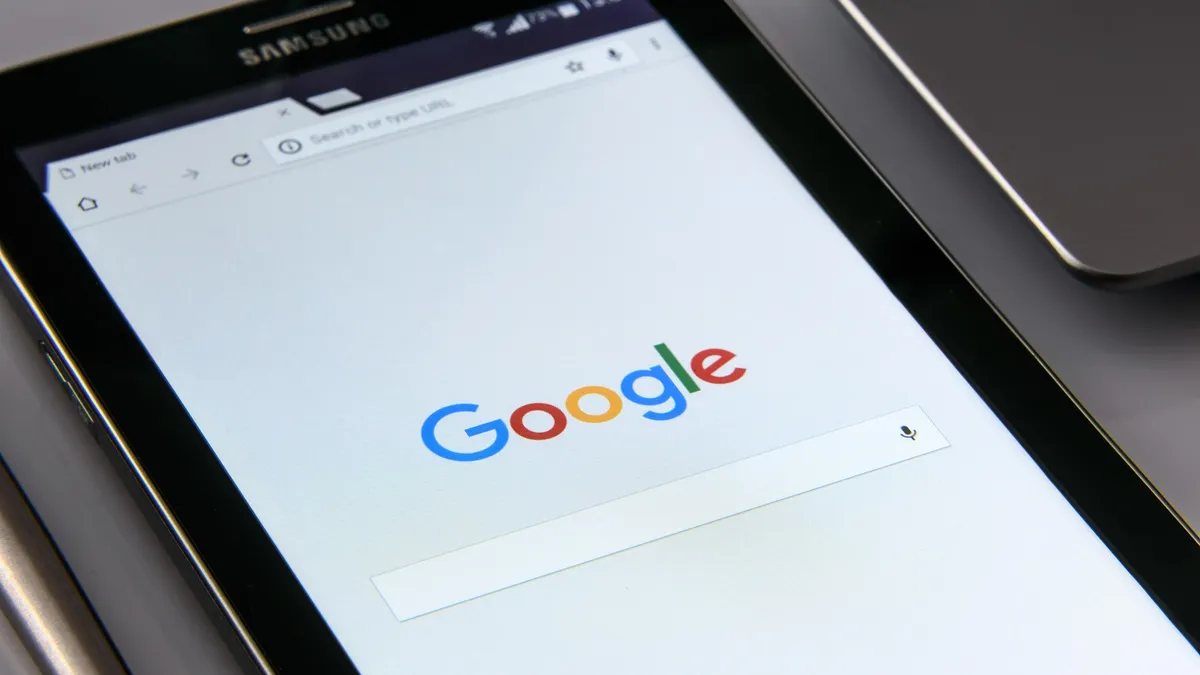By design, native advertisements are largely indistinguishable from editorial content. But because of that, they can also confuse readers -- and they do.
Research from Grady College in Georgia published in December in the Journal of Advertising found that consumers couldn’t tell the difference between native ads and editorial content. In fact, in one experiment that involved subjects reading a native ad followed by an actual news story, less than 8% were able to identify the native advertisement as a paid content.
To provide some clarity on how native ads should be presented, and to help protect consumers from more confusion about what is, and isn’t, paid content, the Federal Trade Commission released new guidelines for advertisers and publishers late last year with its “Native Advertising: A Guide for Business.”
The Interactive Advertising Bureau immediately pushed back on several elements of the FTC guidelines, particularly on provisions in the guidelines that could impinge on commercial speech protections and longstanding advertising conventions familiar in other media.
“We very much appreciate the hard work the commission has done to understand the issue of native advertising, and applaud the commission for putting native advertising guidance into the marketplace,” said Brad Weltman, vice president of public policy for IAB, in a statement. “While guidance serves great benefit to industry, it must also be technically feasible, creatively relevant, and not stifle innovation.”
Too much clarity?
One area the IAB singled out in particular was the “clarity of meaning” breakdown within the “How to make clear and prominent disclosures in native advertising” section of the guidelines.
Weltman said, “We (the IAB) have reservations about some elements of the commission’s guidance. In particular, the section on ‘clarity of meaning’ in native advertising disclosures is overly prescriptive, especially absent any compelling evidence to justify some terms over others.”
The guidelines specify that disclosure must be understandable by people viewing the native ad. “Disclosures are not effective unless consumers understand them to mean that native ads are commercial advertising. Disclosures should be in plain language that is as straightforward as possible. An advertiser also should make disclosures in the same language as the predominant language in which the ad is presented," the FTC wrote.
Advertisers also are advised to avoid tactics with disclosures such as: using technical or industry jargon, different terminology to mean the same thing in different places on publishers’ sites, and company logos or brand names without a clear text disclosure.
Advertisers are given further guidance that “ad” and “paid advertisement” are likely to be understood by consumers, but terms like “promoted” and “promoted stories” are “at best ambiguous and potentially could mislead consumers.”
Is the FTC putting teeth behind the guidelines?
Another area of concern from the IAB was the FTC’s final note in the guidelines that hinted at potential enforcement of what had presented as guidelines for native ad practices.
The note reads: “The FTC’s Enforcement Policy Statement on Deceptively Formatted Advertisements doesn’t apply just to advertisers. In appropriate circumstances, the FTC has taken action against other parties who helped create deceptive advertising content – for example, ad agencies and operators of affiliate advertising networks. Everyone who participates directly or indirectly in creating or presenting native ads should make sure that ads don’t mislead consumers about their commercial nature. Marketers who use native advertising have a particular interest in ensuring that anyone participating in the promotion of their products is familiar with the basic-truth-in-advertising principle that an ad should be identifiable as an ad to consumers.”
In January, the IAB revisited its issues with the FTC guidelines, particularly addressing the possibility of enforcement. An Unruly blog post reported that the IAB’s Weltman couldn’t say with certainty that the guidelines will end up turning into regulations with full enforcement teeth behind them, but that the FTC made it clear with subsequent statements that the agency does have legal jurisdiction to step in if it deems it necessary.
What does this mean for marketers taking advantage of the popular native ad format? It doesn't take hindsight to see what the FTC wants: Conduct sponsored advertising responsibly and transparently. Don’t try to deceive consumers – in fact that tactic regularly backfires once the person reading the sponsored content realizes they’ve been duped in thinking they are reading editorial content.


















